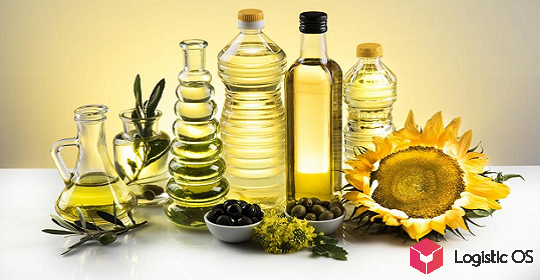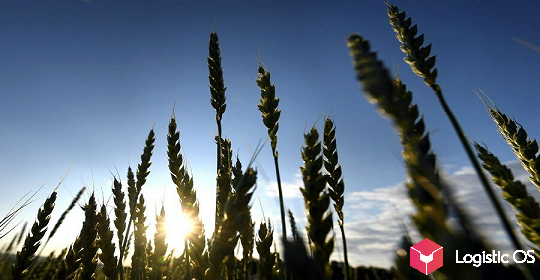As of August 14, the harvest of grain and leguminous crops was 8.2 million tons less than on the same date last year.
According to the Ministry of Agriculture, 73.5 million tons of grain and leguminous crops were harvested as of August 14 this year, while last year this figure was 81.7 million tons.
At the same time, the yield is also a cause for concern. For example, for wheat, it has decreased to an average of 40 centners per hectare instead of 51 centners.
A similar decrease in the yield can be seen for other crops.
For example, 8.8 million tons of barley were harvested, which is 3.4 million tons less than a year ago. The yield of this crop was also less than last year: 30.1 centners per hectare versus 30.6 centners.
«The harvesting is quite intense this year, the weather is making its own adjustments. But overall, we are satisfied with the pace,” Deputy Minister of Agriculture Andrei Razin noted this week.
Despite the decline in the figures, it is noted that the quality of grain this year is even higher than in 2023.
Experts were also seriously worried about the harvest in the southern regions of the country, but at the moment it is already clear that there are no more reasons for great concern. Most likely, the quality of wheat there will be even higher than average.
It is interesting that there will most likely be less low-quality grain, the so-called feed grain, which is used to feed livestock, this year than expected.
On the one hand, this is good, since most of the grain is of high quality. On the other hand, problems may arise.
“The combination of a low share of feed in the Center and in the South leads to the fact that our livestock breeders are forced to look for any wheat in a slight panic, since there is no feed in sufficient quantities,” comments Dmitry Rylko, General Director of the Institute for Agricultural Market Studies (IKAR).
All this leads to the fact that livestock breeders have to compete for grain with a low protein content, and if it cannot be found in sufficient quantities, then they will have to buy higher-quality grain, which will certainly be more expensive.
In the long term, this may increase the cost of production and raise prices for final livestock products.
Experts are worried about the decline in both the harvest and the yield in the Russian Federation, since this, according to some analysts, could be caused by the simplification of technologies due to a lack of funds.
This, in turn, is caused by the low profits of last year, despite the high harvest.
If the trend continues, then there is a risk that the indicators will continue to fall further, especially since farmers will almost certainly not be able to earn more money this year than last year.

